NOTE: this piece was update on 4/28 at 6:11pm EDT.
A good chunk of my adult life has been involved in community-based and group level endeavors that sought change, both large and small. These efforts have included a band of college students searching for a more fulfilling learning experience, a cooperative house dedicated to egalitarian decision making, neighborhood groups fighting to maintain cultural and physical assets, women banding together to move themselves out of poverty through job skill training, and organizations working to protect free speech, increase community capacity, build creative connections or support newcomers or youth in gaining power. To some degree or another, these efforts have involved individuals who were motivated by some level of self-interest with a belief that action with others was an effective and necessary strategy. However, often these self-interests melded and expanded a larger set of collective concerns.
Throughout these experiences, I have always been intrigued by why individuals engage in anything? What prompts a person to volunteer, vote, act, create or even learn? How do we create environments that welcome engagement? Can these environments be crafted to meet the needs of heterogeneous publics? What is needed to ensure that those environments are nimble enough to adapt to the changing needs, skills, interests and capacities of its various members?
Over the last year, I’ve been engaged in a half dozen MOOCs (Massively Open Online Courses). The topics have including the technical (e.g. Social Network Analysis, Learning Analytics) to the cultural (e.g. e-Learning and Digital Cultures, Learning Creative Learning). They have been offered in a variety of platforms (e.g. Coursera, Canvas, P2PU). They have employed instructivist and connectivist pedagogical theories. As a result of these experiences, I have connected with others who are interested in technology, learning, and engagement processes. We have tried to make sense of our own learning experience in MOOCs and think through what these environments mean for new individual and collective inquiry. I have also tried to understand how this learning environment relates to my own interests in engaging environments. Through these learning experiences, conversations, and reflections, I have come to think of MOOCs, especially those informed by connectivist ideals (cMOOCs), as something different than a course. Rather, like many other spaces where I have found engaged individuals (i.e. neighborhood parks, city streets, a community art gallery, social media), I have come to understand MOOCs as a public learning commons. Spaces individual learning and inquiry connects with that of others towards a larger set of social learning .
M.K.Stewart in a post on the U.C. Davis blog The Wheel, talks about the experiences of engaging in the e-Learning and Digital Cultures MOOC as a participatory community of learners. Linking that experience to a MacArthur Foundation report by scholar Henry Jenkins, Confronting the Challenges of a Participatory Culture, Stewart writes:
Because MOOCs are voluntary and are taught online, the features that traditionally dictate the make-up of a classroom are irrelevant—quite literally, anyone with internet access and a few available hours a week can participate. In eLearning and Digital Cultures, the one thing we had in common was an interest in the topic, and the only reason we were compelled to complete the MOOC was sustained interest in the community.
It is this idea of “sustained interest in the community,” that has been the focus of my most recent inquiry. This inquiry has explored how and why individuals engage or participate in MOOCs generally, and cMOOCs specifically.
A recent working paper out of Stanford University using data from three computer science course designed for those with a high school, undergraduate and graduate level education. The courses were primarily of the instructivist, or xMOOC, variety with course video lectures and graded assessments. Through a cluster analysis of standard learning analytic data drawn from these courses, the authors described four “prototypical trajectories of engagement:”
- Completers – most video lectured watched, assessments completed and course credit received
- Auditors – video lectured watched, sparse engagement with assessments, and not course credit received
- Disengagers – videos watched and assessments completed at beginning of class and then decreased or stopped engagement
- Samplers – watched a few video lectures, usually at the beginning of the course and occasionally after the course was under way
 source: M.K. Stewart, e-Literate
source: M.K. Stewart, e-Literate
On the blog e-Literate, Phil Hill shared an emerging typology of student engagement gleaned from course analytics of Coursera-style offerings and engaged conversation with colleagues. The typologies share much in common with the Stanford working paper above. Hill articulates five levels:
- Active Participants – These are the students who fully intend to participate in the MOOC and take part in discussion forums, the majority of assignments and all quizzes & assessments
- Passive Participants – These are students who view a course as content to consume. They may watch videos, take quizzes, read discuss forums, but generally do not engage with the assignments.
- Drop-Ins – These are students who perform some activity (watch videos, browse or participate in discussion forum) for a select topic within the course, but do not attempt to complete the entire course. Some of these students are focused participants who use MOOCs informally to find content that help them meet course goals elsewhere.
- Observers – These students login and may read content or browse discussions, but do not take any form of assessment beyond pop-up quizzes embedded in videos.
- No-Shows – These students appear to be the largest group of those registering for an Coursera-style MOOC, where people register but never login to the course while it is active
 source: M.K. Stewart, e-Literate
source: M.K. Stewart, e-Literate
Hill’s typology has more nuance than the Stanford paper, although I probably would still keep the category of a “disengager.” However, I’d probably rename it to something more like “drop-outs.”
Still, these typologies are primarily descriptive of the individuals involved in these MOOCs. They don’t capture that next level of understanding, which is related to the motivations or goals driving the engagement. They also don’t fully measure engagement that goes beyond consuming course content and completing assignments. How do you capture conversations on Twitter, Facebook, Google+ and blogs? What about intereactions of subgroups within the larger MOOC community? How might we measure shares, retweets, and likes? How are people connecting outside of the formal forum or discussion board of a class? How are individual students helping each other? What do these MOOC-based social networks look like?
Understanding the motivations and breadth of engagement activities would help better inform the design and teaching strategies used to keep “sustained interest in the community.” They also seem to lack a conception of engagement as an activity or entity in itself.
Hill does talk about learner goals a bit in a post that preceded the one above which is worth noting. Ethan Zuckerman, in a recent keynote address to the Digital Media and Learning Conference, explores more fully the concept of engagement. Zuckerman posits two vectors (thick / thin and symbolic / impactful) that define engagement practices and work to form four quadrants of engagement:
- Thin and symbolic – acting is online only in things like online petitions or liking a cause
- Thin and Impactful – a simple action which itself might be thin, but whose impact is meaningful, such as voting
- Thick but Symbolic – lots of activity and work in a manner that may result in primarily symbolic change or attention such as the actions of the Occupy movement.
- Thick and Impactful – full participation, but often works best in small groups such as neighborhood change.
I took these ideas of “thick and thin” and applied them my experience and thinking about MOOCs and engagement. At the same time, I was thinking about how individuals in MOOCs seemed to prefer working independently or with others (interdependently). This may align with a third vector that Zuckerman adds related to scale (individual, small group, and social activities). These ideas also resonate in Peter Taylor’s thinking about learning in microworlds, messyworlds and the real world.
So MOOCs present themselves as learning environments where individuals have varying capacity and interest in engaging (thick /thin). They also have varying modes or preferences for engaging (independent / interdependent). These interactions may serve varying levels of meaning for the individual and the community of learners (symbolic / impactful). And while the MOOC is a large-scale endeavor, its ability to accommodate learning at a variety of scales is possible.
Thus, I’ve come to a mental model or metaphor of MOOCs being like the green quadrangle in the center of the quintessential college campus. It is open to all in the learning community. On a nice spring day, a formal philosophy class has pulled its chairs outside for a class session. A study group for a Calculus class is swapping notes for an upcoming exam and another group of students are working on a presentation for a class on global markets. Multiple individuals are reading, studying, and taking notes for a range of learning goals while occasionally stopping to share casual social interactions with passing classmates or peers nearby. Another group of students are playing Frisbee as several groups are promoting a range of activities from end of semester events to political causes. An acoustic guitarist has a small audience listening to her songs as professors and students pass through on their way to other spaces – classrooms, dorm rooms, offices, labs, coffee shops, community service activities, athletic practices. Some of them may return later to the quad to engage in any range of activities form the educational to the social.
My interest now is how to design MOOCs and other open online learning environments in a way that can accommodate and respond to the varied demands that learners may have of them. And how can such design facilitate the smooth transition back and forth between activities, as learners are able to understand what they need and aspire to. And can such environments support and recognize these varied needs.
Here I am starting to explore the role that instructional designers, teachers, leaders, mentors and peers play in engaging and motiving leaders. How do they encourage sharing? How do they create models of peer support? How do they orient learners to the processes of engaging in such a learning environment? How do they help learners connect to and “know” each other? How do they encourage feedback and response from peers as a motivating factor?
Thus, rather than pure sets of technologies and structures, how do we ensure that MOOCs are able to create and re-create a set of social and cultural practices that unleash the learning potential and agency of us all?
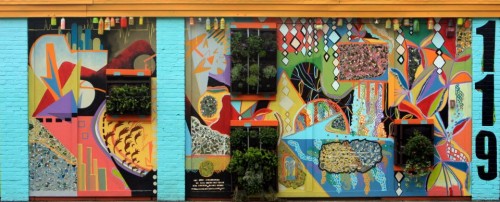
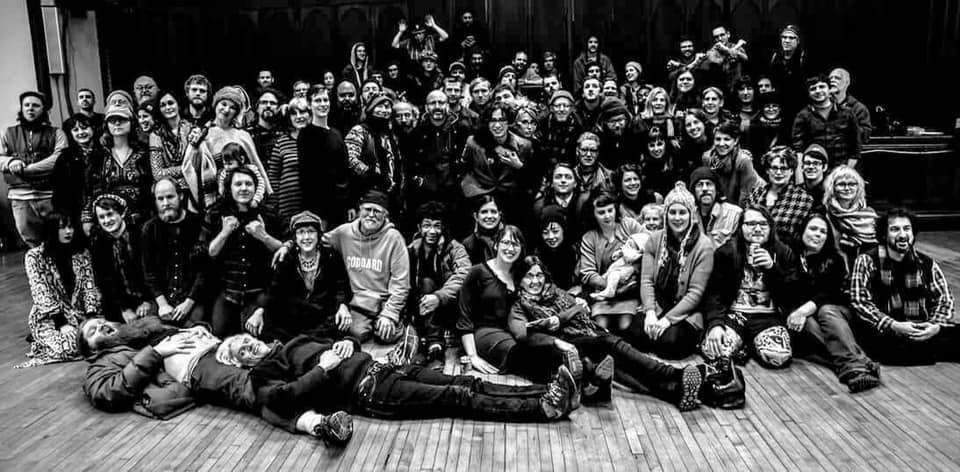



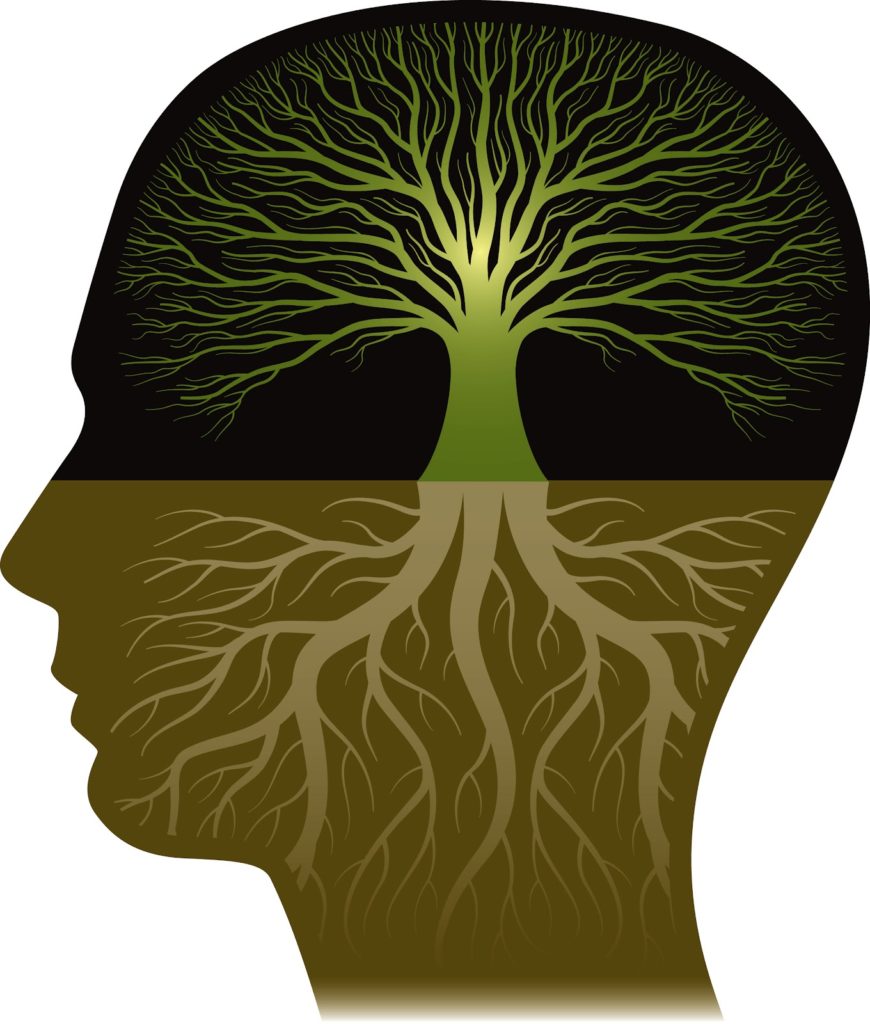

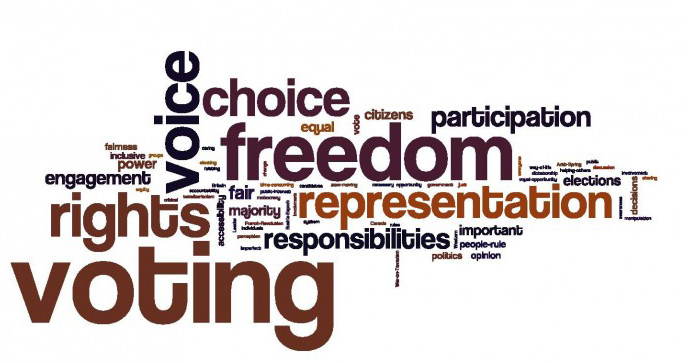
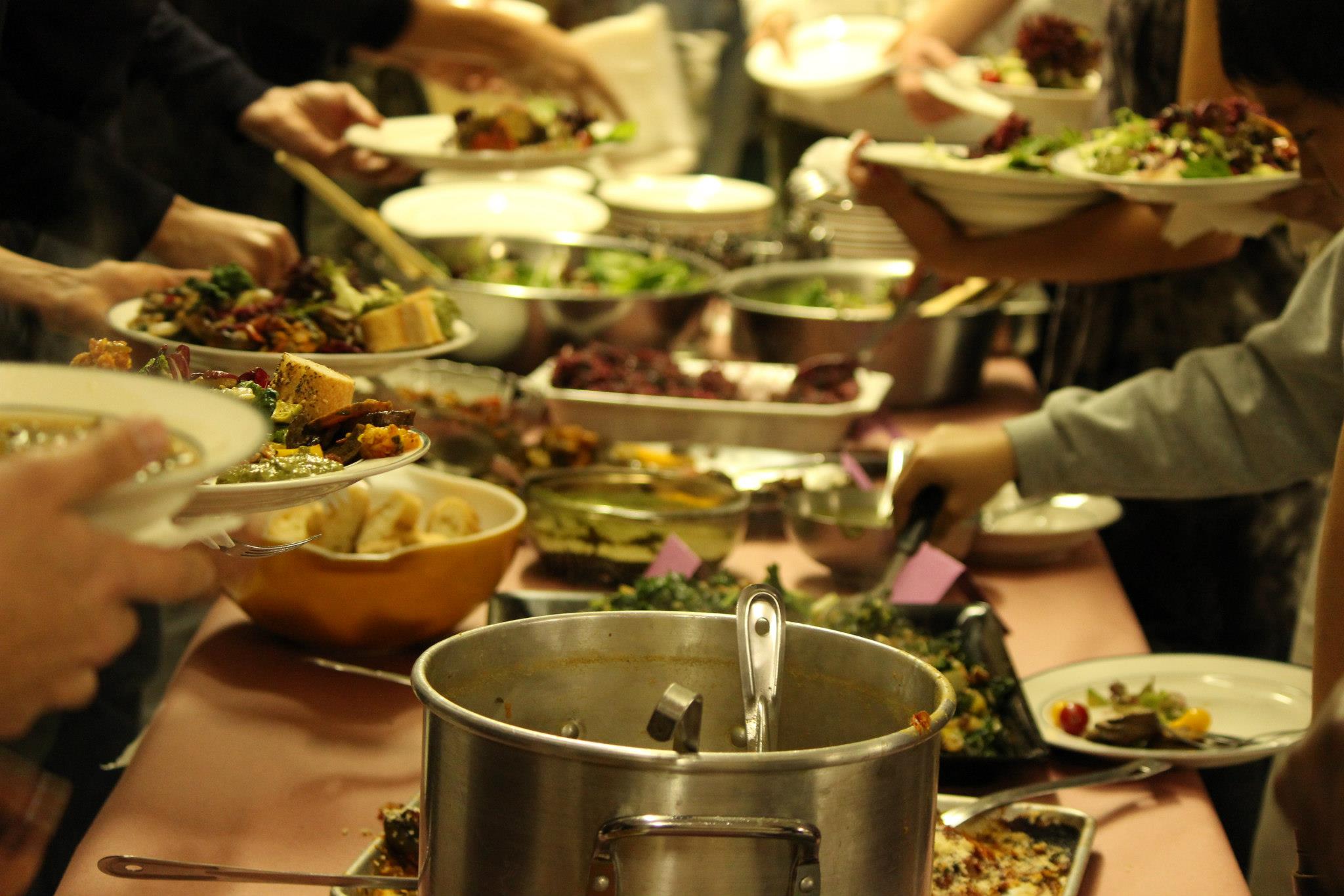
 source: M.K. Stewart, e-Literate
source: M.K. Stewart, e-Literate source: M.K. Stewart, e-Literate
source: M.K. Stewart, e-Literate